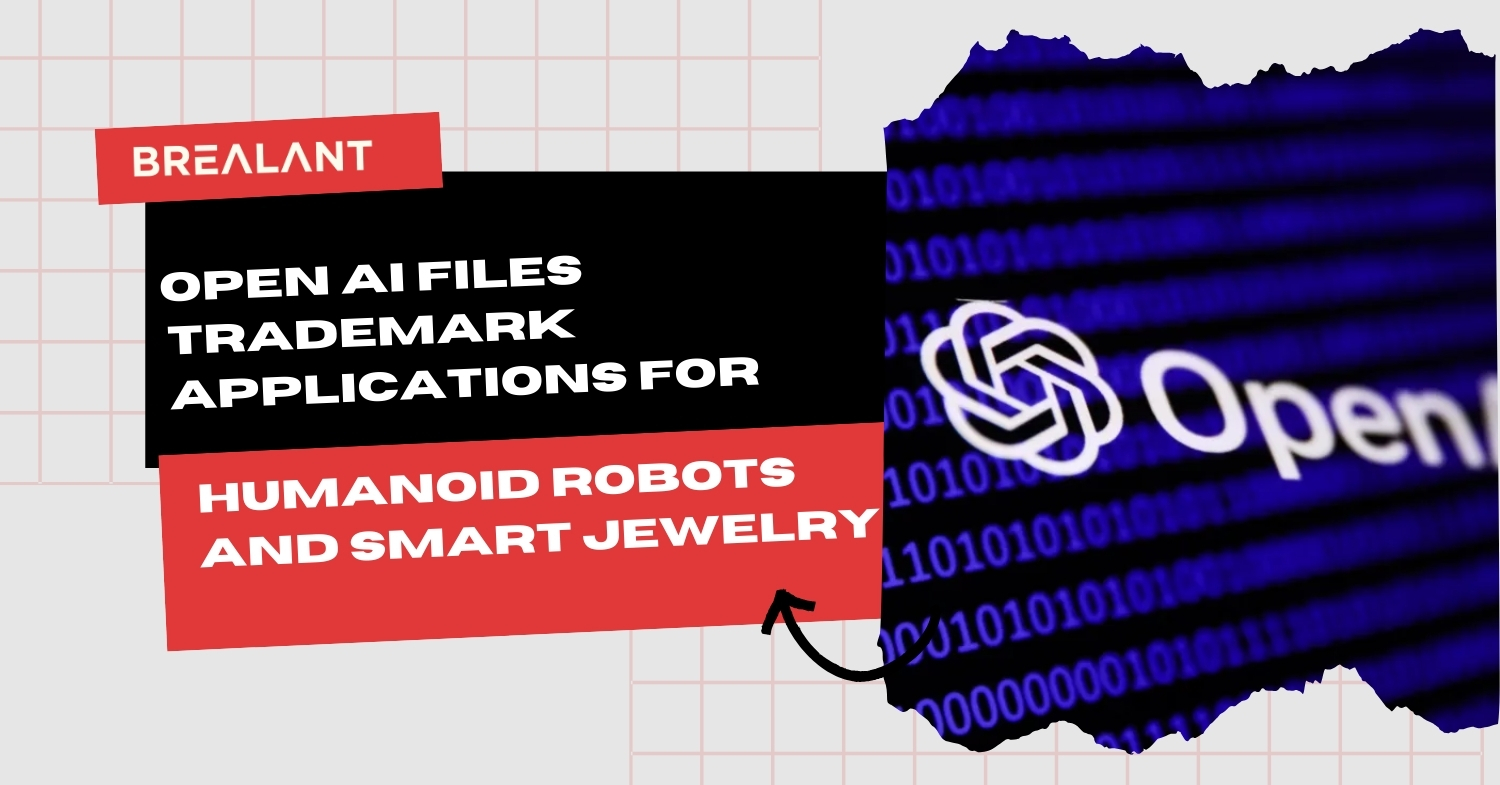Open AI is going ahead in the area of humanoid robots and smart jewelry, as per the new trademark application filed by the company on 31st January.
OpenAI files trademark applications for humanoid robots and smart jewelry. The trademark application includes various new products that the company wants to increase its business area. But mainly include user-programming humanoid robots. These robots will be those who have communication or functions that will assist and entertain people.
OpenAI is also planning to hire a new team, especially for his department. The company website posts jobs that include the requirements of a mechanical product engineer and senior research engineer. They will be a part of the robotics team.
What do you understand by humanoid robots?
Humanoid robots are made to look and act like humans. Such robots usually come equipped with sophisticated AI to assist them in communicating, learning, and reacting to their surroundings as humans would.
Open AI partnership with ex apple designer
Partnership with ex-Apple designer Jony Ive OpenAI, in 2024, revealed that it was developing a hardware project with the ex-Apple designer. OpenAI CEO Sam Altman told The Elect, a Korean news website, on February 3 that the company is going to partner with several companies to create AI devices. Altman cautioned, however, that it would take years before the prototype of the device was even complete.
OpenAI files trademark applications for humanoid robots and smart jewellery.
OpenAI’s recent trademark application concerns user-programmable humanoid robots and humanoid robots with communication and learning functions” designed to assist and entertain people. For example, the filing includes hardware such as headphones, goggles, glasses, remotes, laptop and phone cases, smartwatches, smart jewellery, and virtual and augmented reality headsets for AI-assisted interaction, simulation, and training.
Using Custom AI chips
In its filing, OpenAI refers to using custom AI chips and services that are aimed at leveraging quantum computing resources to improve AI model performance. There have been whispers for some time that OpenAI is working on making its own custom chips to fuel its AI models. The firm has a division that works on designing chip components, and rumours indicate that OpenAI will release a custom chip, possibly in partnership with semiconductor companies Broadcom and TSMC, in 2026.
OpenAI prepares for quantum computing
OpenAI quantum computing plans are less defined, although the firm recently hired a former quantum systems architect with the quantum computing startup PsiQuantum to join its technical team.
As observed by UK-based technology news publication The Register, in an article published in March, quantum computing would go a long way in increasing the efficiency of AI model training due to its potential for simultaneous computation of many calculations. With the costs of training AI likely to stay high for the foreseeable future, OpenAI could be positioning itself for the time when models will be trained on hardware radically different from that on which the firm is working now.
Open AI CEO Wordings
OpenAI CEO Sam Altman said in his own blog that as the company becomes more confident in developing AGI capabilities, attention will increasingly be devoted to more sophisticated intelligence. He added that the current year may be the one when the first AI agents come into the workplace, which will have a massive effect on the productivity of the company. He said, “We are beginning to redirect our ambitions towards superintelligence in the fullest sense. We really like our current products very much, but we are aiming for a bright future.”
Altman also highlighted that superintelligent machines have the potential to greatly speed up scientific breakthroughs and innovations, beyond the capabilities of humans, thus significantly increasing human prosperity and wealth.
Apart from humanoid robots, OpenAI’s trademark application also includes more than 70 new products, such as computer software, hardware, and artificial intelligence-related products and services, including specifically data processing units for artificial intelligence, high-performance computing and data center operations, wearable computers, cameras, wireless communication devices, virtual and augmented reality headsets, glasses, controllers, and remote controls, among others.
Although the trademark application hints at some intriguing potential, it should be kept in mind that these types of applications tend to be drafted to encompass a wide array of concepts. This is to say that although these developments may one day become a reality, it may be a while before they are released to the public, or in other instances, the products may never be launched.
Main highlights-
●OpenAI has applied to the trademark office with the intention of entering the humanoid robot industry.
●The company is recruiting team members in robotics to develop general robotics technology.
●Superintelligence will change scientific discovery and innovation, making people more prosperous, according to CEO Altman.
Conclusion
Open AI files trademark applications for humanoid robots and smart Jewelry, but it will take time to develop all these. With trademark applications, they secure their future market. If you want to know about the complete trademark application process, then our legal attorneys are available to help. Contact us and clear your doubts now!

